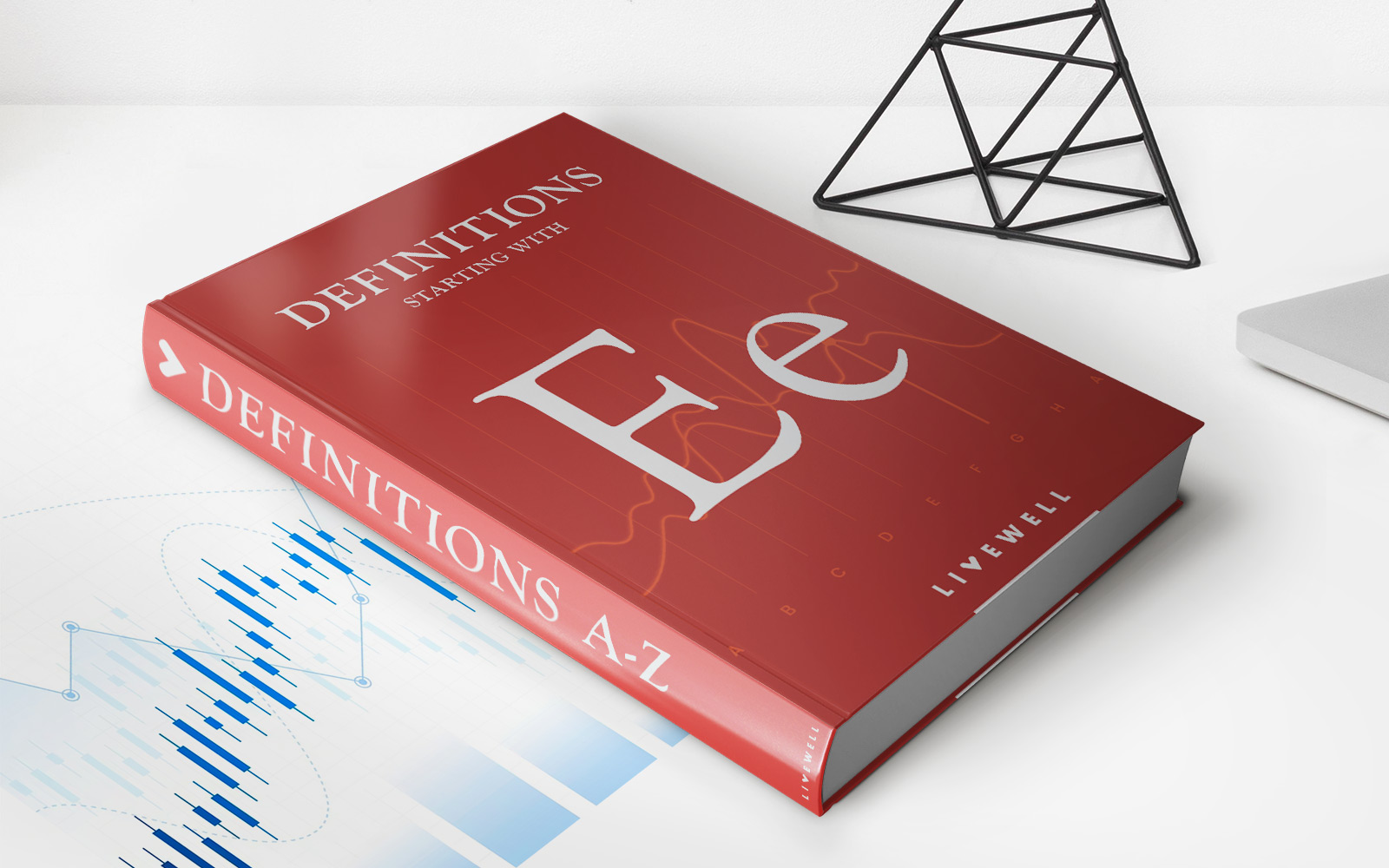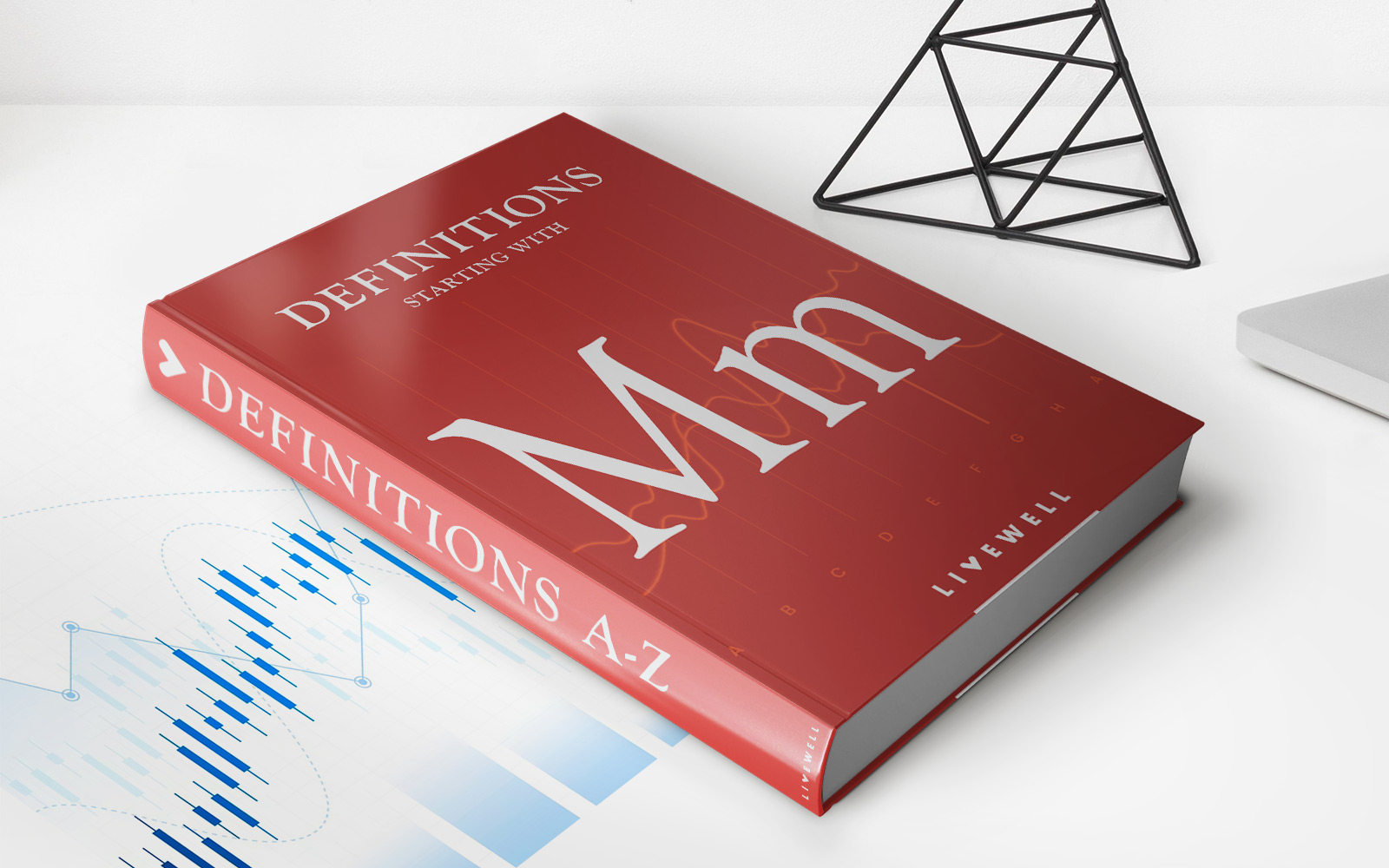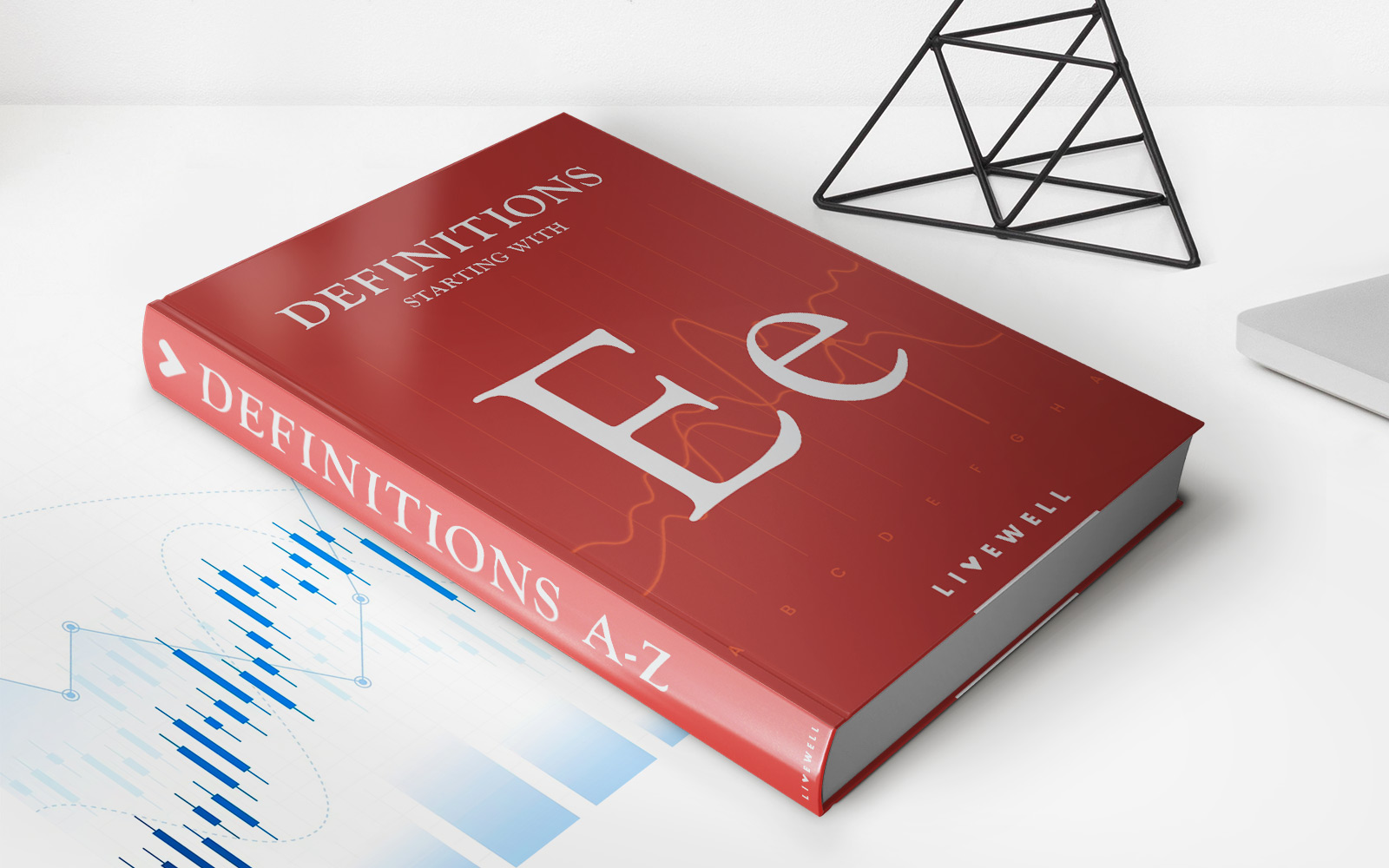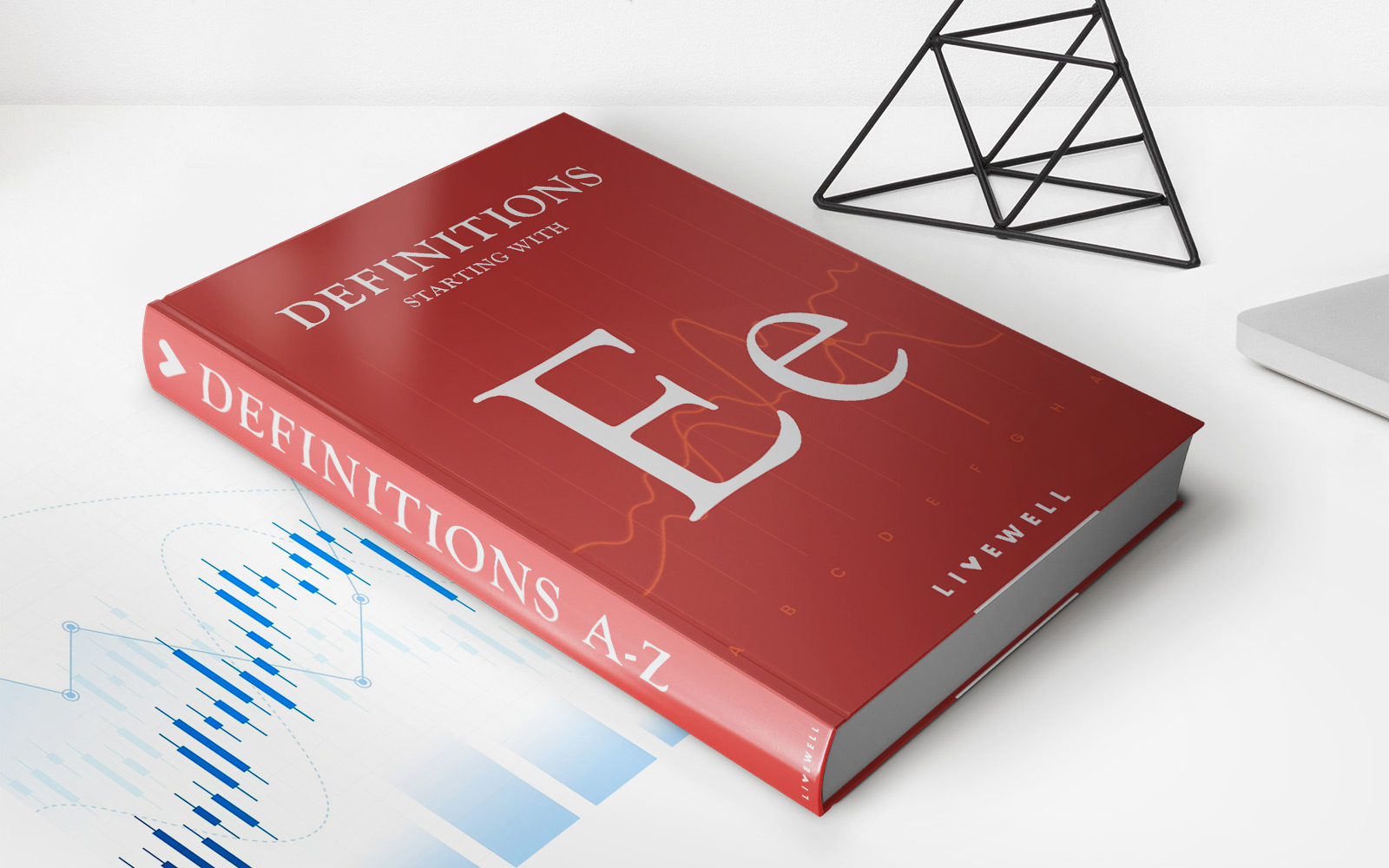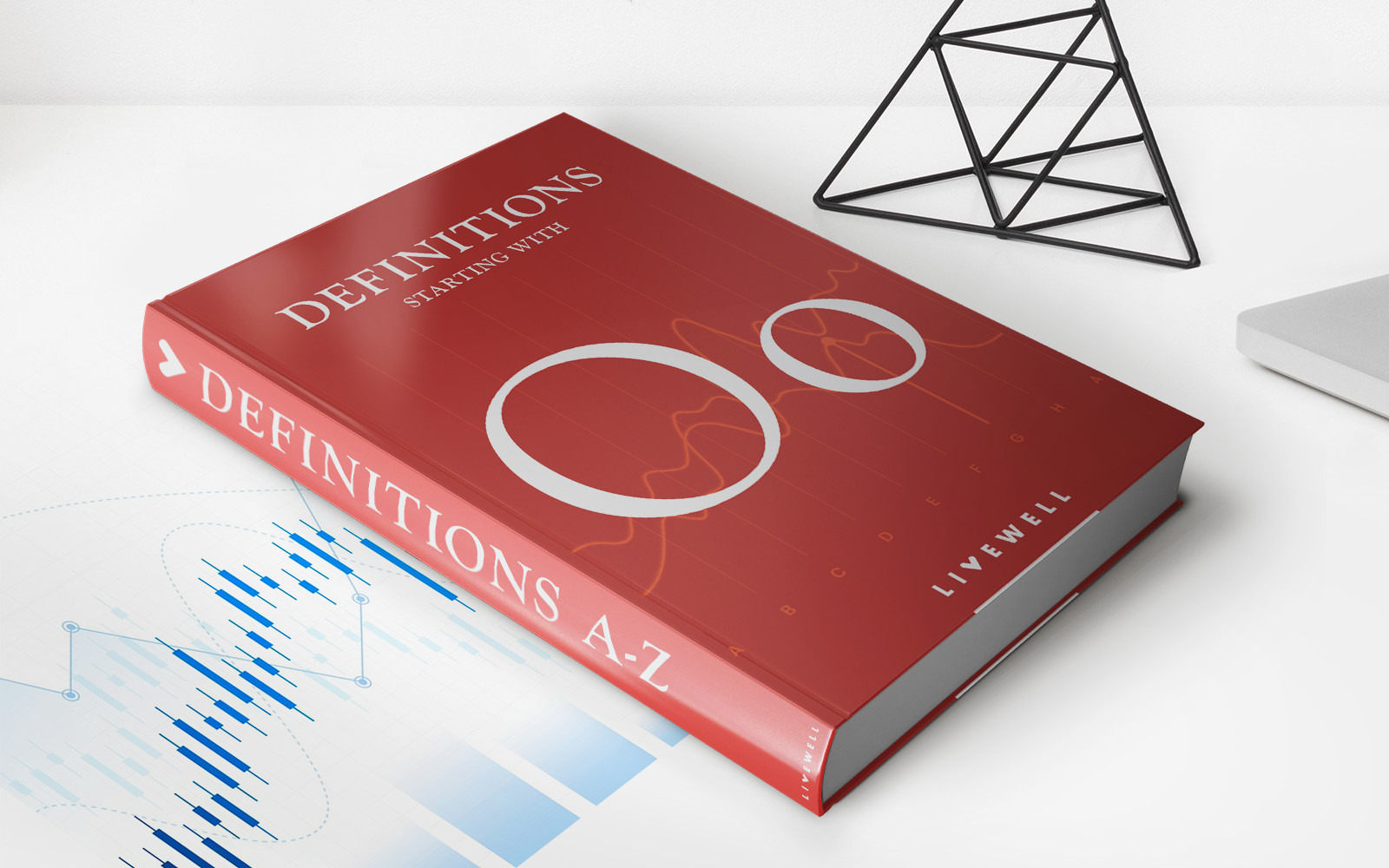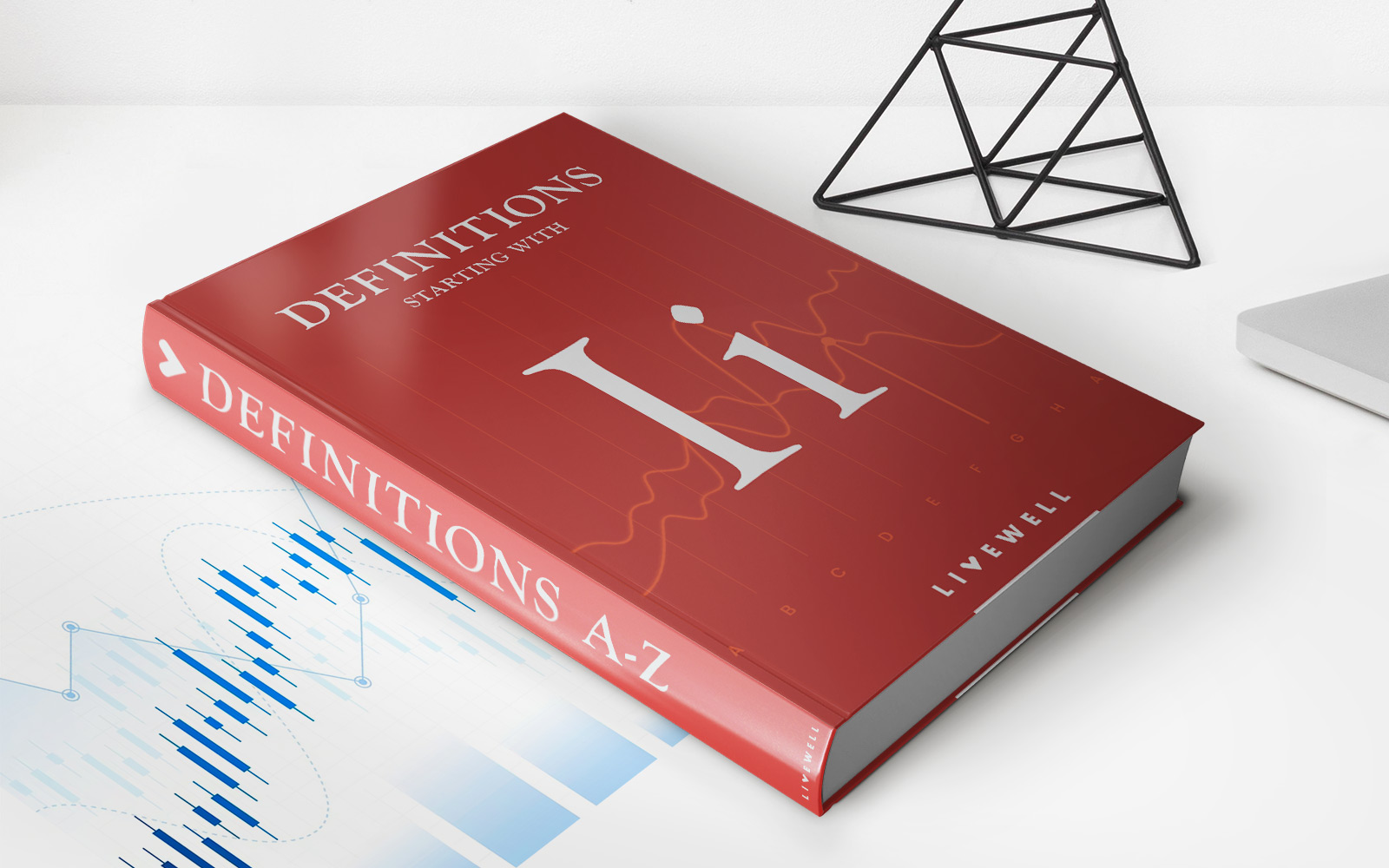Home>Finance>E-commerce Defined: Types, History, And Examples
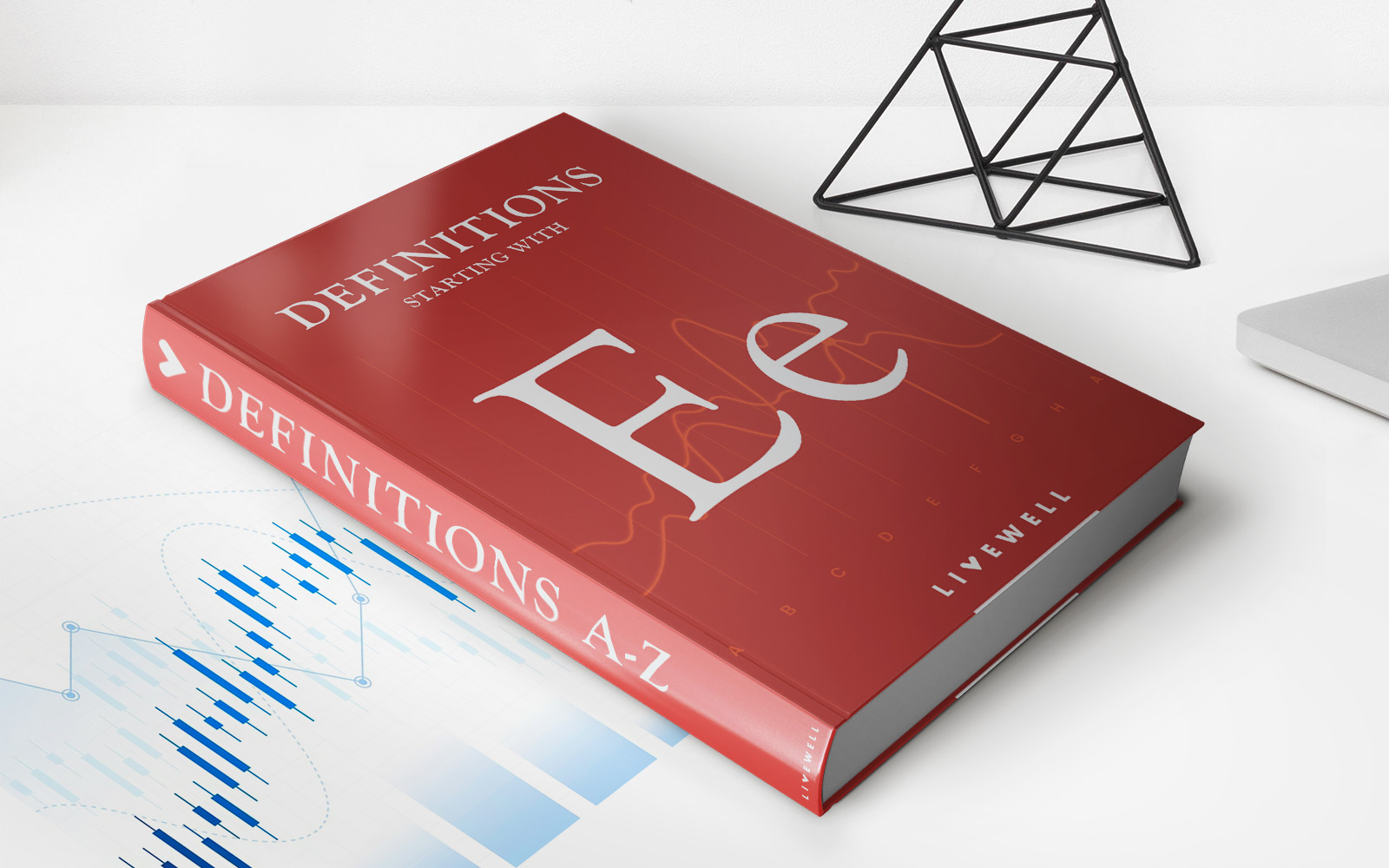

Finance
E-commerce Defined: Types, History, And Examples
Published: November 15, 2023
Explore the world of e-commerce, its various types, intriguing history, and notable examples. Discover how finance plays a crucial role in this digital marketplace.
(Many of the links in this article redirect to a specific reviewed product. Your purchase of these products through affiliate links helps to generate commission for LiveWell, at no extra cost. Learn more)
Welcome to the World of E-commerce!
Have you ever wondered what exactly e-commerce is and how it has shaped our modern world? In this blog post, we will dive into the fascinating world of e-commerce, exploring its different types, tracing its history, and providing real-life examples. So, buckle up and get ready to embark on a journey that will broaden your understanding of online commerce!
Key Takeaways:
- E-commerce refers to the buying and selling of goods and services over the internet
- There are various types of e-commerce, including B2C, B2B, C2C, and more
The Different Types of E-commerce
E-commerce, or electronic commerce, is a broad term that encompasses a range of online activities related to business transactions. Here are the main types of e-commerce:
- B2C (Business-to-Consumer) – This type of e-commerce involves businesses selling products or services directly to individual consumers. Think of your favorite online clothing store or the popular streaming service you subscribe to. B2C transactions are perhaps the most well-known and widely used type of e-commerce.
- B2B (Business-to-Business) – B2B e-commerce involves businesses selling products or services to other businesses. This type of e-commerce is commonly seen in the procurement of office supplies or the purchase of software for a company’s internal use.
- C2C (Consumer-to-Consumer) – C2C e-commerce facilitates transactions between individual consumers. Online marketplaces, where individuals can sell used items to other individuals, are prime examples of C2C e-commerce. Just think of popular platforms like eBay or Depop!
- C2B (Consumer-to-Business) – In C2B e-commerce, individual consumers offer goods or services to businesses. This type of e-commerce is often seen in the gig economy, where freelancers or consultants provide their expertise to companies on a project basis.
- B2G (Business-to-Government) – B2G e-commerce involves businesses selling products or services to governments or governmental agencies. This type of e-commerce is prevalent in public procurement processes, such as when a government entity purchases equipment or software for public use.
A Brief History of E-commerce
The roots of e-commerce can be traced back to the early 1970s when electronic data interchange (EDI) systems were first introduced, enabling businesses to exchange electronic documents. However, it wasn’t until the 1990s, with the emergence of the World Wide Web, that e-commerce truly began to take off.
The 1990s witnessed a rapid growth in e-commerce as more and more businesses and consumers embraced the convenience of online shopping. Companies like Amazon and eBay emerged as trailblazers, shaping the e-commerce landscape as we know it today.
Real-life Examples of E-commerce
Now, let’s take a look at some well-known examples of e-commerce websites:
- Amazon – The largest online marketplace, offering a vast range of products from books to electronics and everything in between.
- Alibaba – A global platform connecting businesses and suppliers from around the world, facilitating B2B transactions on a large scale.
- Etsy – An online marketplace that specializes in handmade and unique products, allowing individual sellers to reach a global audience.
- Uber – A ride-hailing service that connects riders with drivers through a mobile app, representing the gig economy and C2B e-commerce.
- Netflix – A popular streaming service that provides on-demand entertainment to millions of subscribers worldwide, showcasing the power of B2C e-commerce.
Conclusion
E-commerce has revolutionized the way we buy and sell goods and services. From the early days of EDI systems to the modern online marketplaces we know today, e-commerce continues to evolve and shape our world. Whether you are a consumer, a business owner, or a government entity, understanding the different types of e-commerce and the examples that exist can help you navigate this exciting digital landscape with confidence.
So, the next time you click that “Add to Cart” button or sell something on an online marketplace, remember the vast ecosystem of e-commerce behind it all!
